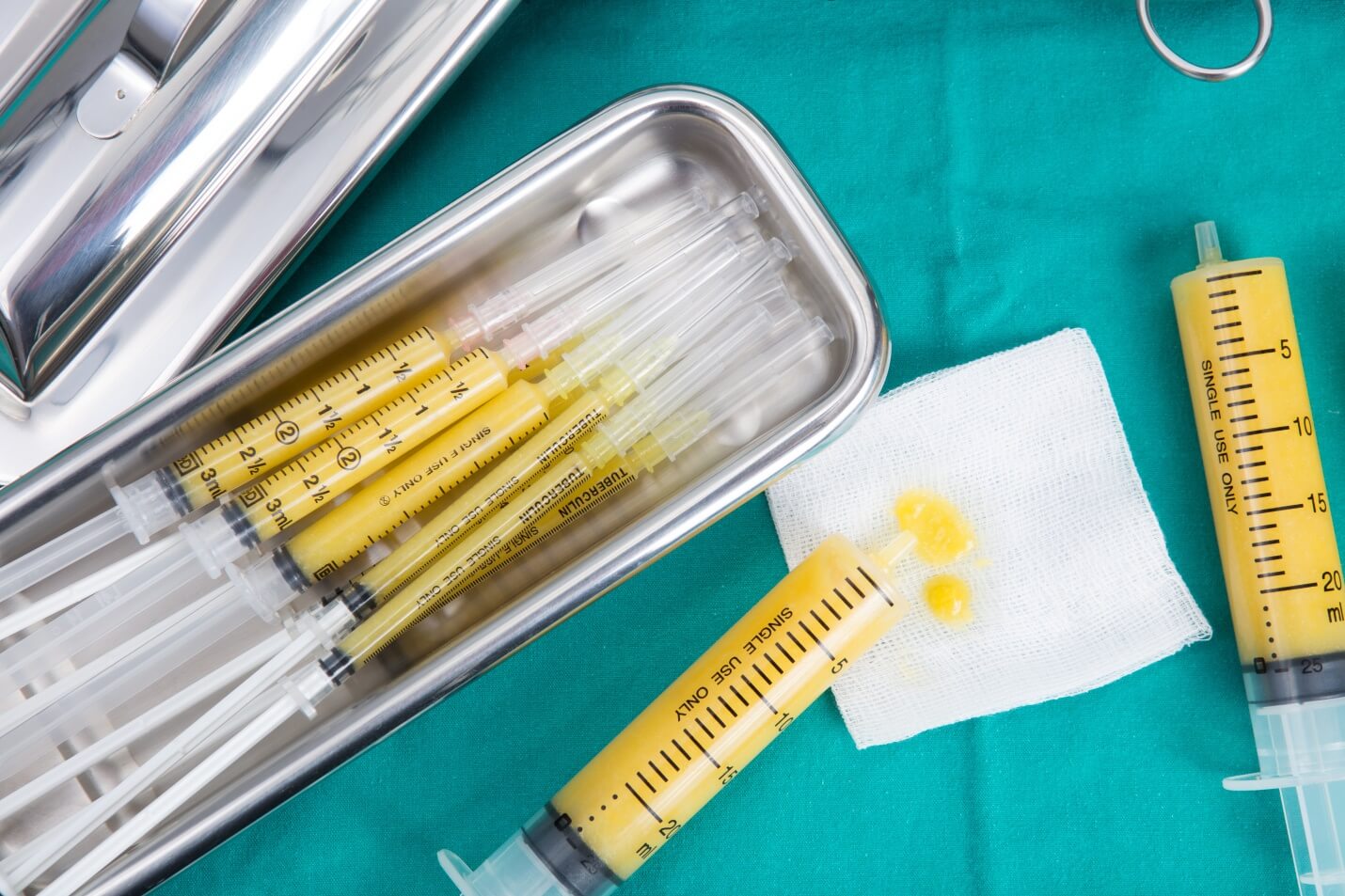
Loss of fat from under the skin can cause both facial aging and unsightly depressions on the body. Subcutaneous fat can be lost as part of the natural aging process or from trauma or surgery. Loss of facial fat results in a loss of skin support, hollowing, deep grooves and lines. A traumatic impact can crush fat and leave a depressed scar. Sometimes surgery can result in a troubling loss of fat, as, for instance, after a breast lumpectomy for cancer.
Over the past ten years, plastic surgeons have begun to use fat harvested from the abdomen, thighs and back to replace lost fat on other parts of the body. Gentle liposuction takes the fat from areas of excess. This fat can be washed, centrifuged or decanted to isolate the living fat cells from the damaged tissue. Then, with a needle, the fat is placed in the areas that need it. The whole procedure can be done as an outpatient under local anesthesia.
Large volumes of fat can be moved this way, but the fat must survive the transfer to be permanent. Depending on the area, survival rates of grafted fat range from 25 to 75 percent. Several treatments may be necessary for an optimal outcome.
Fat grafting has significantly improved our ability to treat both cosmetic and reconstructive issues. In some cases it is covered by health insurance.


